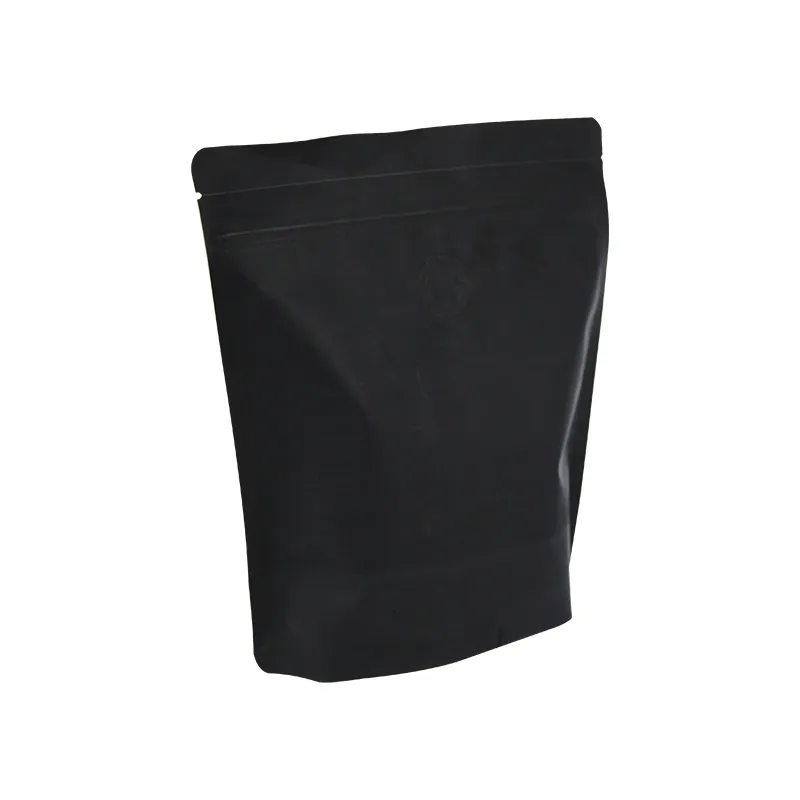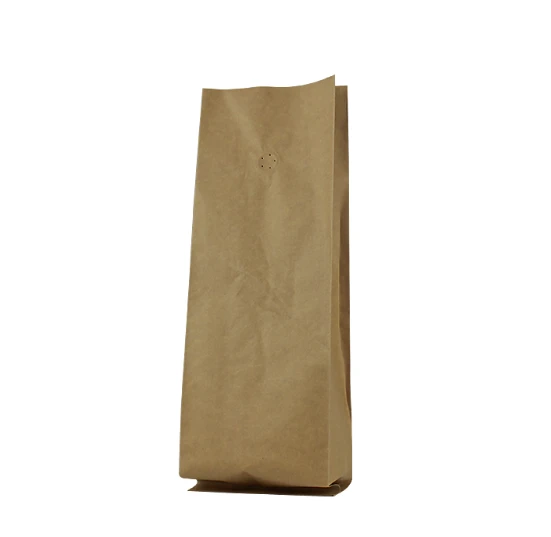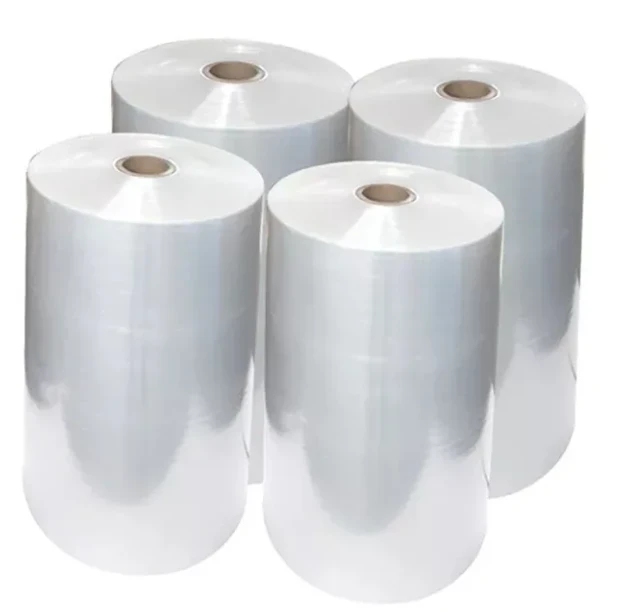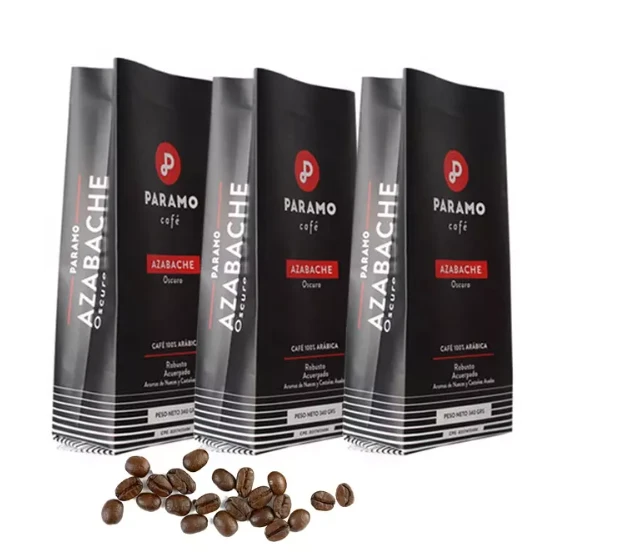- Afrikaans
- Albanian
- Amharic
- Arabic
- Armenian
- Azerbaijani
- Basque
- Belarusian
- Bengali
- Bosnian
- Bulgarian
- Catalan
- Cebuano
- chinese_simplified
- chinese_traditional
- Corsican
- Croatian
- Czech
- Danish
- Dutch
- English
- Esperanto
- Estonian
- Finnish
- French
- Frisian
- Galician
- Georgian
- German
- Greek
- Gujarati
- haitian_creole
- hausa
- hawaiian
- Hebrew
- Hindi
- Miao
- Hungarian
- Icelandic
- igbo
- Indonesian
- irish
- Italian
- Japanese
- Javanese
- Kannada
- kazakh
- Khmer
- Rwandese
- Korean
- Kurdish
- Kyrgyz
- Lao
- Latin
- Latvian
- Lithuanian
- Luxembourgish
- Macedonian
- Malgashi
- Malay
- Malayalam
- Maltese
- Maori
- Marathi
- Mongolian
- Myanmar
- Nepali
- Norwegian
- Norwegian
- Occitan
- Pashto
- Persian
- Polish
- Portuguese
- Punjabi
- Romanian
- Russian
- Samoan
- scottish-gaelic
- Serbian
- Sesotho
- Shona
- Sindhi
- Sinhala
- Slovak
- Slovenian
- Somali
- Spanish
- Sundanese
- Swahili
- Swedish
- Tagalog
- Tajik
- Tamil
- Tatar
- Telugu
- Thai
- Turkish
- Turkmen
- Ukrainian
- Urdu
- Uighur
- Uzbek
- Vietnamese
- Welsh
- Bantu
- Yiddish
- Yoruba
- Zulu
silica gel packets toxic
The Toxicity of Silica Gel Packets What You Need to Know
Silica gel packets are ubiquitous in packaging, found in shoeboxes, jars, and other products to control moisture and prolong shelf life. While these small packets serve a practical purpose, there's a common misconception regarding their safety. Many people wonder Are silica gel packets toxic? The answer is a bit nuanced, and understanding it is crucial for safety, especially for households with children and pets.
What is Silica Gel?
Silica gel is a desiccant, which means it absorbs moisture from the air. Made from silicon dioxide, it’s a non-toxic substance that usually appears as small, bead-like granules. Though it is technically a form of sand, silica gel has a porous structure that allows it to hold water vapor effectively. This quality makes it ideal for various applications, from preserving the freshness of products to preventing rust and corrosion in industrial settings.
Are Silica Gel Packets Toxic?
Silica gel itself is generally not toxic. The primary concern arises from the packets' warnings like “Do Not Eat,” often found printed on the packaging. While ingesting silica gel is not likely to cause severe harm, it can lead to minor issues such as throat irritation or gastrointestinal discomfort if swallowed. The packets can pose a choking hazard, especially for young children and pets, which is a significant risk that should not be overlooked.
Moreover, some silica gel packets may contain additives such as moisture indicators, which sometimes include cobalt chloride—chemicals that can be harmful if ingested. However, many manufacturers have transitioned to using food-grade silica gel that does not contain these additional chemicals, enhancing safety. While the silica gel itself might not be toxic, it is advisable to keep these packets away from children and pets who may accidentally consume them.
Symptoms of Ingestion
If someone accidentally ingests silica gel, they might experience mild symptoms such as
- Nausea - Vomiting - Throat irritation
In most cases, these symptoms are temporary and resolve without medical intervention. However, if a large quantity is ingested or if the individual exhibits severe symptoms, it’s essential to seek medical advice immediately.
silica gel packets toxic

Handling Silica Gel Packets Safely
To staunch potential dangers associated with silica gel packets, consider these safety tips
1. Keep Out of Reach Store products containing silica gel in places inaccessible to children and pets. High shelves or locked cabinets are ideal. 2. Educate Others Teach children about the function of silica gel packets and the importance of not eating them.
3. Dispose Properly If you no longer need the silica gel packets, dispose of them responsibly. Recycling them is preferable, but if not possible, discard them in a way that they cannot be accessed by children or pets.
4. Use Alternatives For moisture control, consider using safer alternatives designed for home use, such as baking soda or charcoal, which do not carry the same risks.
Environmental Impact
It’s also worth mentioning that while silica gel is non-toxic, improper disposal can have environmental consequences. Silica gel is not biodegradable, and when disposed of irresponsibly, it can contribute to landfill waste.
Some manufacturers are exploring biodegradable options, but these alternatives are not yet widely available. As consumers, staying informed about the products we use and understanding their impact on the environment is essential.
Conclusion
In summary, while silica gel packets are generally non-toxic and serve an essential role in moisture control, they should still be handled with caution. Awareness of the potential risks associated with ingestion, especially regarding children and pets, is crucial. By implementing safe storage practices and educating those around you, you can mitigate any potential hazards associated with silica gel packets, ensuring a safer environment in your home. Remember, safety first!













